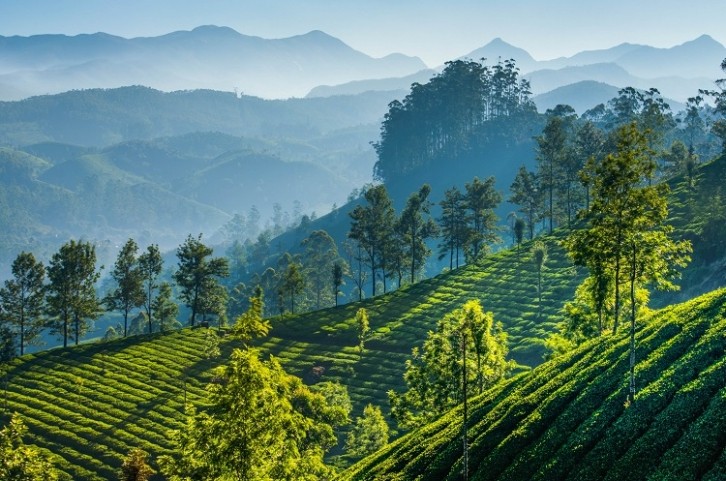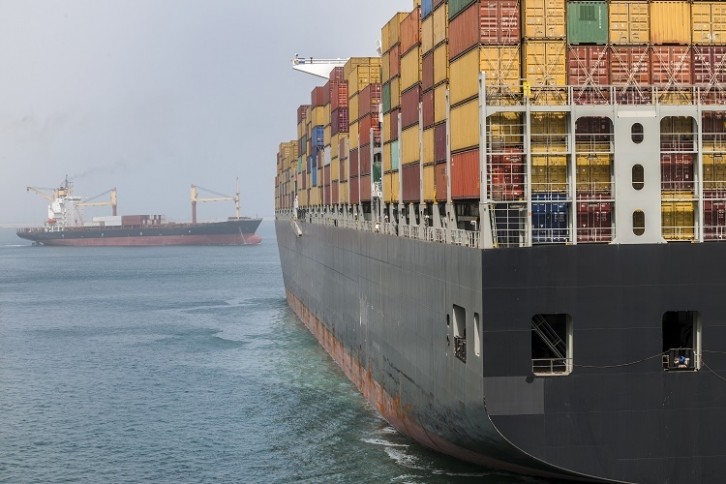Tea is the second most consumed drink in the world after water, and is consumed by billions every day. It truly is a global commodity.
However, all is not good in the world of tea. Like many other commodities, the price of tea has been going up significantly in recent times. According to Trading Economics, it was 109.35 INR (€1.21) per kg on 30 March and 192.85 INR (€2.14) per kg on 4 May.
Geopolitical instability, combined with environmental pressures, are the reason for this, according to Marco Forgione, director general of the Institute of Export and International Trade (IE&IT).
Environmental causes
A significant reason behind the rising price of tea is dramatic changes in the climate. The teas most significantly affected are those teas grown in East Africa and India, Forgione told us.
“The tea growers are seeing a reduction in production because of the weather,” he told us. “In Darjeeling, which is a higher quality tea, the production has been adversely affected, so that there’s no one particular type. I think it’s over geographical areas and the areas that have been affected. East Africa, India and other parts of Southeast Asia. Vietnam is another key producer which you see issues with its production this year.”
Climate change is ever present in many scenarios involving crop price increases, and tea is no exception. Forgione suggested that a mere one degree temperature rise can have a ‘dampening effect’ on tea production.

“One degree centigrade change in temperature will result in a minimum of 5% reduction in productivity of global tea. These things are linked,” he told us.
Like many crops, tea requires very specific conditions to grow, and a disruption of these conditions could result in a disruption of their growth.
“You know you have to be at the right level of altitude. You have to have the right weather, the right humidity and rainfall to maximise the production. So shifts or changes in global temperature or the climate will have a disproportionate impact on tea production, particularly if it’s warming.”
Geopolitical causes
Geopolitical conflict in the Red Sea, with the Yemeni Houthis attacking shipments there, have also affected tea prices.
“We’ve then got the weaponisation of trade,” Forgione told us. “Such as with the conflict in the Red Sea affecting Suez. And bearing in mind that the vast majority of tea is grown in East Africa and Asia, the trade route would normally flow through Suez Canal into Europe and the UK, so disruption there has added cost-time delay and therefore potential for price inflation, shrinkflation and availability issues.”
Furthermore, disruptions in global integrated supply chains mean that container shipping is more costly, and container ships are often in the wrong place to transport the tea, which adds to delays.

Managing different production areas
While these things tend to affect tea in particular locations, it’s not easy to shift production to elsewhere. “The difficulty with tea is the same with other crops: there’s a time between the shift, so if there’s a reduced production in one area, it’s not easy just to ramp up production in another area because of the time lag.
Tea prices on the shop floor
The IE&IT, which operates in the UK, has seen several impacts of these price rises at retail level. For example, according to Forgione, many retailers are no longer offering low-cost tea, which is an effective price increase.
“Increasing production is a significant long-term investment because you don’t just switch it on. There’s a growing time that’s required for the bushes to reach maturity in order to produce the tea. So it’s not something that is easily adjusted to deal with these sorts of disruptions or changes.”
Will tea prices continue to rise?
Tea, as a commodity traded on global commodity exchanges, is traded in significant part through futures, contracts which buy an asset at a certain point in the future rather than the present. Thus, prices are influenced by predictions of what the future holds.
Can tea help prevent Covid-19?
A recent study from the University of Georgia suggests that tea has the potential to ‘inactivate’ SARS-COV-2 in saliva, in some instances by up to 99.9%. The researchers stressed that this was not a replacement for medical care.
With unpredictable climatic conditions, an unwieldy geopolitical situation in the Middle East, and political changes affecting elements of global trade such as tariffs, instability will be the key factor impacting tea prices.
“I think what you’ll probably see is greater instability in price and when you’ve got instability or variability in price, that creates difficulty for the businesses involved, both for the producer and for the processor. So I think what we will see is a greater price instability, and then you add onto that global instability and the weaponisation of the global supply chain, and shifts in geopolitics, which can all themselves have an impact on the price of tea.
“So, for instance, India has put export controls on rice, they haven’t yet put them on tea or announced they might be putting them on tea. But, you know, things like that can suddenly be implemented. And they have a dramatic impact, because, as I said, you can’t just ramp up production at the flick of a switch.”
FoodNavigator contacted Twining’s for comment. However, the company told us that they had not seen any price rises, and the impact of the crisis in the Red Sea had been ‘negligible’.
